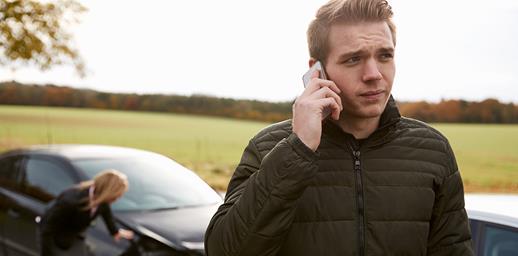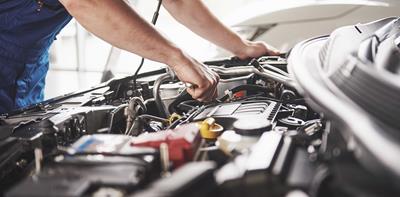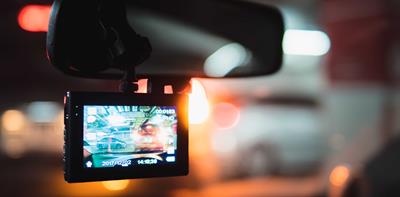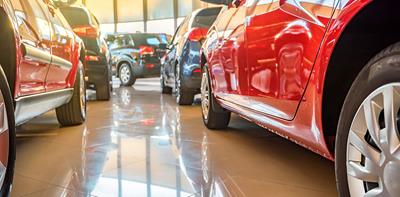
Being in your first car accident, no matter how small, can be a stressful experience for any driver.
Even if you and your passengers are unharmed, you may still be in shock and upset. You may also feel unsure about what to do next, and it can be daunting to get out of the car and speak to another unknown driver who may also be distressed.
Even if you're a careful driver, it’s worth taking the time to familiarise yourself with the steps to take after an accident.
1. Stop your car
However minor you think the bump is, you must always stop at the scene of the accident, pull over when it's safe to do so, turn your hazard lights on and switch off your engine.
If you don’t stop, your registration number could be recorded by a witness or CCTV camera, and you could be fined, given penalty points or even a driving ban.
2. Check for injuries
First, check whether you or anyone else is injured and focus on getting them the medical attention they need.
Call the emergency services immediately if anyone is hurt, if the road is blocked, or if you suspect you’re a victim of a ‘crash for cash’ scam.
Even if these conditions don’t apply, and it all seems very minor, you must report the incident to the police within 24 hours.
3. Take stock
Try to remain calm and take a breath before getting out of the car, especially if you feel the other driver was in the wrong.
Remember, anyone else involved in the collision is likely to be feeling shocked or upset, too. So be civil and polite so you can fix a bad situation as efficiently and safely as possible.
One note of caution, though: being polite doesn’t mean saying sorry or admitting responsibility for the accident, as that could be used against you in a claim.
4. Swap contact details
Swap names, addresses and contact details with the other motorists involved in the incident, as well as any witnesses.
Even if you don’t think you’re at fault, you’re obliged to give your name and address to anyone else involved.
If possible, try to get the name of the other driver’s insurer and policy number, which will help speed up your claim. But don’t be surprised if they don’t have this information to hand.
Unfortunately, not all drivers are insured. If you’re involved in an accident with an uninsured driver, follow our what to do if you're in a car accident guide on what to do.
5. Take notes and pictures
Record as many details from the scene as you can, as this will help if you need to make an insurance claim.
Take photos - a mobile phone is fine for this - and also note things like the colour, make, model and registration of the other cars caught up in the incident, as well as things like the time and date of the collision and a description of the weather conditions.
6. Contact your insurer
Contact your insurer as soon as possible after the incident - even if you don’t want to make a claim on your policy.
You’ll have a set period - usually ranging from a few days to a week or two - from when the accident happens to tell your insurer. This window of time will be detailed in your policy documents. If you don’t contact your insurer within that time period, you could risk invalidating your cover.
Although being involved in an accident is never pleasant, if you follow these steps, it can really help make the situation easier.
No £25 admin fee
When you update your policy online, e.g. amend driver, address or car details.


